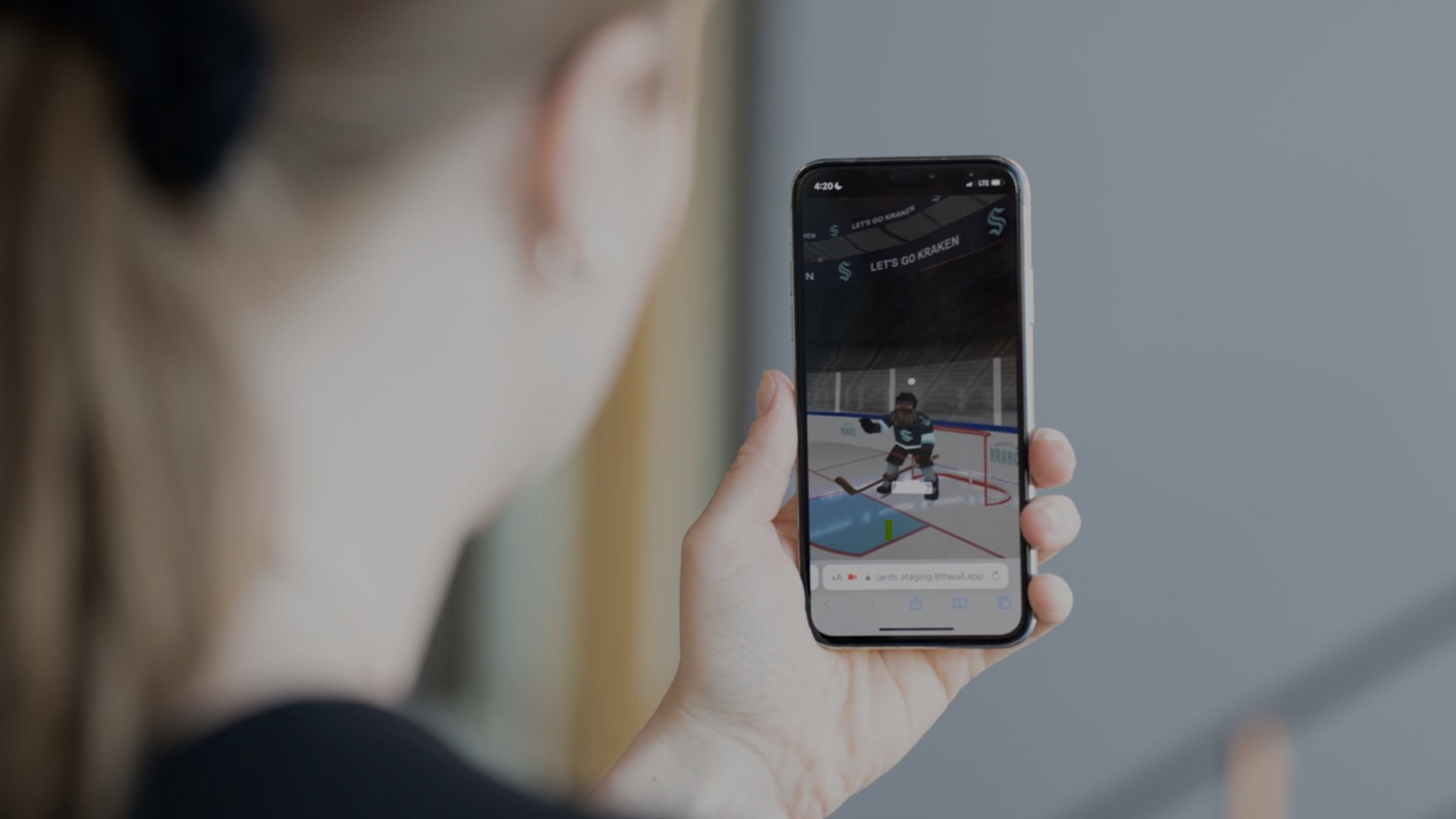Designing for Luxury Brands in Print and Digital: A Delicate Balance of Elegance and Innovation

Luxury brands inhabit a unique world, one built on heritage, exclusivity, and experience. Designing for them, whether in print or digital, requires more than just aesthetic flair. It demands a deep understanding of the brand’s values, target audience, and a meticulous approach to detail that reflects the high standards these brands uphold. In a market where perception is everything, the designer’s role is not just designing a communication, but also an elevated experience.
Principles that elevate the experience
At the heart of luxury design lies a powerful narrative. Luxury brands are built on stories of craftsmanship, tradition, and aspiration. Every touchpoint, whether a gilded print ad in a magazine or a fluid mobile site, must carry that story forward. Below are the essential principles to guide luxury-focused design across digital and print:
- Embrace simplicity, master hierarchy
Luxury thrives on space, not because luxury brands lack ideas, but because true sophistication doesn't need to shout. As it’s often said, it whispers. The principle of less is more is perhaps nowhere more evident than in the use of white space. White space, or negative space, refers to the empty areas between design elements. It might seem counterintuitive that the absence of content can have such a profound impact, but the strategic use of white space can elevate a brand, making it feel more premium and sophisticated. White space also plays a critical role in how consumers perceive a brand’s value. This is because white space gives a sense of exclusivity and refinement.
In addition to white space, establishing a clean, spacious layout with a clear visual hierarchy allows each element to shine and helps guide the viewer’s eye intentionally, with a calm and confident rhythm. When a brand uses white space and hierarchy effectively, it suggests that the brand is confident enough to let its products speak for themselves without relying on clutter or gimmicks. - Typography as a signature
Great luxury brands often become identifiable by their typography alone. Elegant type choices lend credibility and timelessness. Designers should opt for classic, carefully curated, and timeless typefaces, one or two that echo the brand’s heritage and remain relevant to their modern customers. Timeless luxury design, particularly when selecting typefaces, avoids following latest trends and short-term fads. In addition, close attention to kerning, line spacing, and alignment, small but critical decisions, build perceived value. - Color with purpose
In luxury design, color is less about variety and more about tone. Think depth, subtlety, and restraint. Luxury brands often favor muted, neutral, or rich jewel tones to create a strong, recognizable identity. - Imagery that captures emotion
Photography in luxury design is not just a decorative asset; it's a fundamental expression of the brand's identity. It's often the first thing consumers see and the lasting impression they carry. The right image can evoke desire, sophistication, authenticity and a lifestyle consumers aspire to. The wrong one can dilute brand equity instantly. Photography is often the primary visual language that signals: heritage or modernity, exclusivity or accessibility, and minimalism or indulgence.
Full-screen or bleed visuals, editorial-style photography, and rich motion content should drive the visual experience and dominate the layout, with the avoidance of overlaying too much copy or graphics on top. Remember the product is not sold; it is presented, often in cinematic formats that evoke emotion. In digital design, the user experience of photography, whether it’s video, GIFs, scroll-triggered animations, or galleries, should feel immersive and atmospheric, not transactional. - Consistency across every touchpoint
Consistency across print and digital mediums is non-negotiable. Fonts, colors, imagery, tone and voice must seamlessly align, creating a unified brand experience that feels bespoke, refined, and deliberate. Yet consistency doesn’t mean rigidity. It’s about flexing within a clearly defined visual and tonal language.
Print: The tangible art of luxury
Print remains a crucial part of luxury branding, offering a physical, intimate interaction that digital cannot replicate. The texture of the paper, the weight of a box, the scent of ink, all are experiential cues that signal quality and exclusivity. The attention to every little detail, from the layout to how a printed piece is produced should add perceived value. Designing for a luxury brand shouldn’t feel like and look like a disposable flyer; it should be a rare artifact. A thick, uncoated cotton stock or textured, handmade paper sends a subconscious signal: this brand doesn’t cut corners. Consumers equate these physical attributes with craftsmanship, investment, and care.
Digital: immersive, seamless, sophisticated
In the digital sphere, luxury brands walk a fine line, balancing innovation with timelessness. Unlike mainstream e-commerce or marketing sites, luxury websites aren’t rushed. They’re immersive. Interaction is often slower, smoother, and more cinematic. Motion is not just a design feature; it’s part of the storytelling. While the same principles from print design apply, digital offers an invitation for users to linger, explore, and desire.
- Pacing and interaction: Use slow transitions, parallax effects, and curated animations. These create a sense of rhythm and intention, inviting users to explore rather than rush
- Mobile-first elegance: While desktop experiences can feel cinematic, mobile must not be overlooked. Smooth, intuitive UX is crucial, with every tap and scroll reflecting the same level of finesse as an in-store experience
- Minimal interfaces: Clean UI with intuitive navigation keeps the focus on the product and storytelling. On mobile, every gesture, from a swipe to a long press, should feel polished and intuitive. Over-designed elements can feel distracting or out of place, as well as making the user experience complicated, slow, and frustrating
- Personalization and exclusivity: Integrated features that offer exclusivity and members-only content, virtual consultations, or personalized lookbooks reinforce the brand’s premium status. Users to a luxury brand’s site should feel known, valued, and part of an exclusive group.
Bridging print and digital
Today’s luxury audience expects a fluid experience between the physical and digital. A print mailer might lead to an augmented reality app; a QR code in a high-end catalog may unlock behind-the-scenes content. The most successful luxury designs don’t view these platforms in silos; they design for the journey. In addition to a unified visual identity, voice and tone, designing for luxury brands should explore the use of NFC, QR codes, or AR to extend print experiences into digital realms, adding layers of narrative without losing elegance.
Final thought: Luxury is designed, not decorated
Designing for luxury is a disciplined craft. It’s not about excess; it’s about restraint and precision. Whether crafting a high-end lookbook or a minimalist landing page, the designer becomes a curator of emotion and aspiration. Every detail matters and is an opportunity to deepen emotional engagement and reinforce brand value




